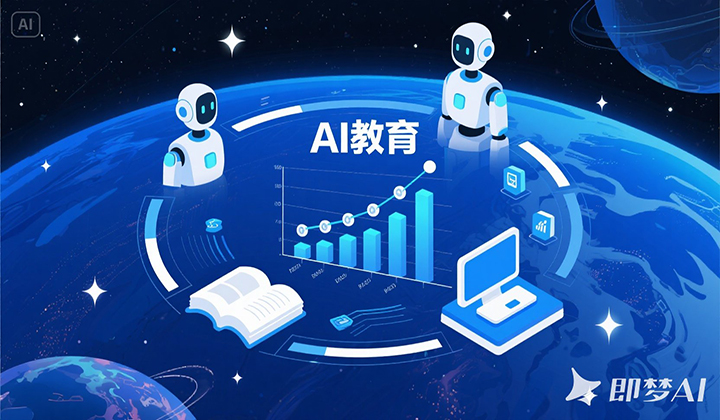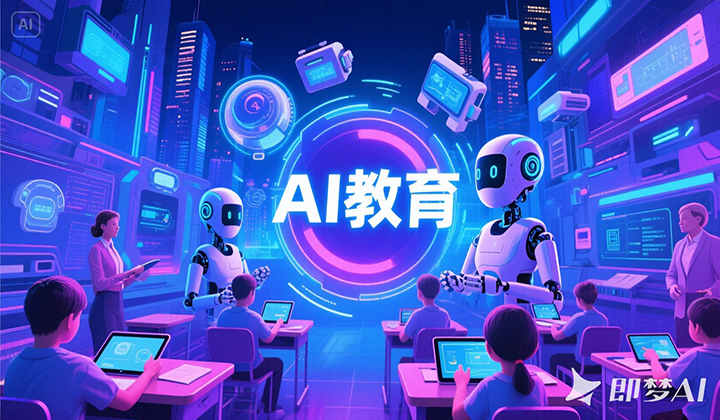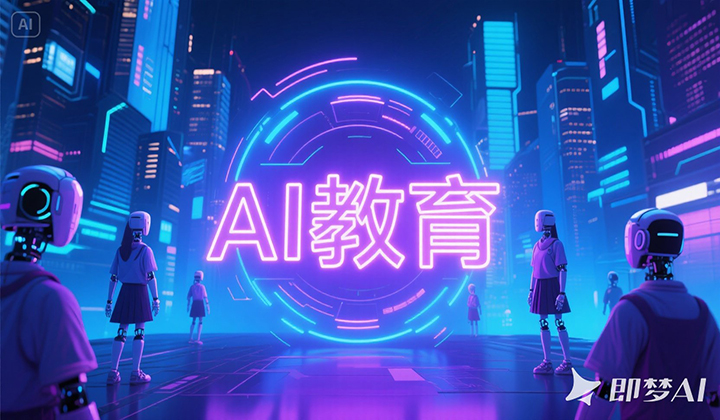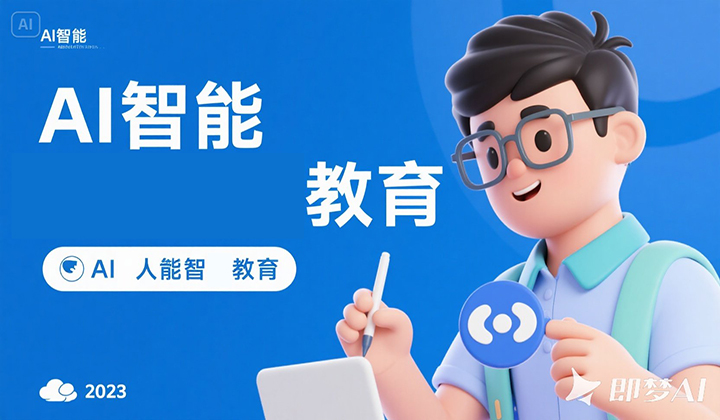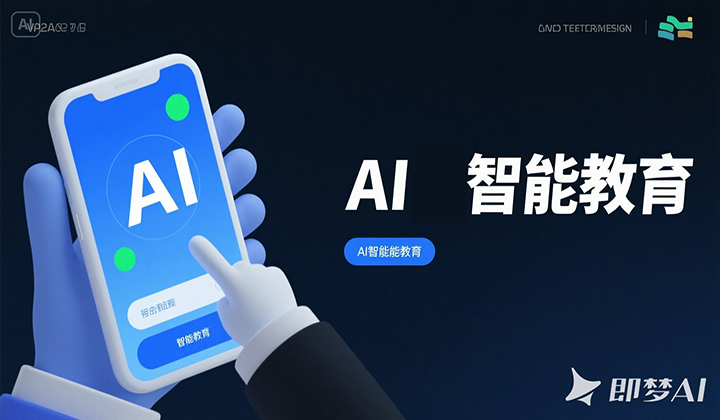Transforming Education Through Artificial Intelligence
Artificial Intelligence (AI) is revolutionizing nearly every sector, and education is no exception. From personalized learning experiences to automated grading and smart content creation, AI has begun reshaping the way we teach and learn. As we stand on the brink of a new educational era, it is crucial to understand how AI is enhancing traditional models, what challenges lie ahead, and what the future of AI-powered education might look like.
Personalized Learning at Scale
One of the most powerful impacts of AI in education is its ability to provide personalized learning. Traditional classrooms, often constrained by a one-size-fits-all approach, struggle to accommodate individual learning speeds, preferences, and styles. AI, however, can analyze vast amounts of data about student behavior, performance, and engagement to tailor content and pacing to each learner.
For example, AI-driven platforms like Squirrel AI in China or Carnegie Learning in the U.S. adjust lesson difficulty based on real-time student responses. These systems identify knowledge gaps, suggest remedial materials, and even modify the teaching strategy dynamically. This kind of adaptive learning not only improves student outcomes but also empowers educators to intervene more effectively.
Intelligent Tutoring Systems
AI has given rise to intelligent tutoring systems that provide round-the-clock support for students. These digital tutors can answer questions, explain complex concepts, and provide feedback instantly. Unlike human tutors, they are available 24/7 and can handle thousands of students simultaneously.
Take, for instance, platforms like Duolingo or Khan Academy, which use AI to recommend personalized exercises and track learners' progress with precision. More advanced systems are emerging that can understand natural language, engage in dialogue, and offer Socratic questioning — mimicking the interaction style of a human teacher.
Automating Administrative Tasks
Teachers spend a significant portion of their time on administrative work — grading tests, planning lessons, and organizing records. AI tools can automate many of these routine tasks, freeing up time for educators to focus on teaching and mentorship.
Automatic grading tools can assess multiple-choice, fill-in-the-blank, and even short-answer questions. Tools like Gradescope and Turnitin not only grade faster but also ensure consistency and flag potential plagiarism. AI can also assist in scheduling, attendance tracking, and generating performance reports, streamlining school operations.
Enhancing Accessibility and Inclusion
AI has the potential to make education more inclusive and accessible. Text-to-speech, speech-to-text, and language translation tools help break down barriers for students with disabilities or language challenges. AI-powered learning platforms can also adapt to diverse cultural contexts and learning environments, supporting a more equitable educational experience globally.
For example, Microsoft's Immersive Reader aids students with dyslexia, while Google’s Live Transcribe provides real-time subtitles for the hearing impaired. These tools not only support individual learners but also promote inclusive classroom environments.
Ethical Concerns and Limitations
Despite its promise, AI in education comes with serious ethical considerations. Privacy is a significant concern, as AI systems rely on collecting and analyzing personal data. Ensuring data security and student consent is critical.
Moreover, there is a risk of algorithmic bias. If training data reflects societal inequalities, AI may inadvertently reinforce them — such as favoring certain demographics or misjudging a student's potential based on flawed metrics. Transparency in AI decision-making and the ability to audit algorithms are essential for building trust.
Another challenge is the digital divide. While AI can bring high-quality education to remote areas, access to devices and stable internet connections remains a barrier for many students worldwide. Without addressing these gaps, AI could widen rather than narrow educational inequalities.
The Future of AI-Powered Education
Looking ahead, AI will likely become a standard part of educational ecosystems. Virtual reality (VR) and AI will converge to create immersive learning environments. Intelligent agents might act as lifelong learning companions, guiding individuals from school into their careers and beyond.
However, technology is only part of the equation. Human teachers will remain central to education — not as dispensable facilitators, but as empathetic mentors, critical thinkers, and moral guides. The goal should not be to replace teachers, but to empower them with better tools.
Conclusion
AI is not a silver bullet, but it offers powerful tools to enhance education when implemented thoughtfully. By fostering personalization, reducing administrative burdens, and expanding access, AI can help create more engaging, effective, and inclusive learning environments. As we continue to explore this frontier, collaboration among educators, technologists, and policymakers will be vital to ensuring that AI serves the best interests of all learners.







